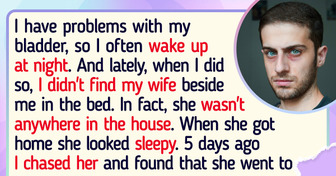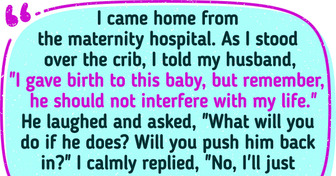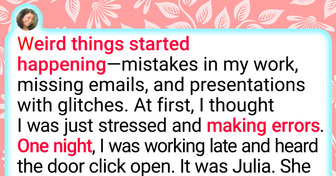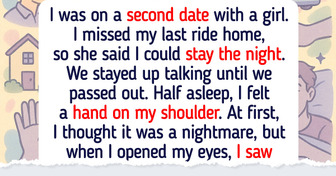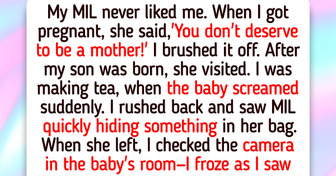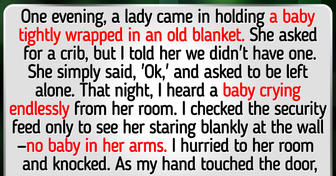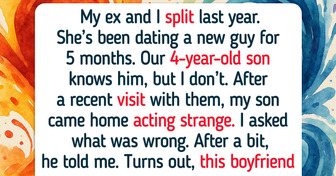Vera Wang, 73, Just Flaunted Her Toned Figure in a Revealing Outfit That Left Everyone Speechless

Flying has long become routine for many people. But even frequent flyers sometimes don’t know about things you should never do on a plane! No bare feet on a plane! It’s one of the biggest no-nos of air travel. Even if we omit the topic of unpleasant odors (picture several hundred passengers removing their shoes and socks at once!), the airplane floor is extremely filthy!
People with contagious foot problems might have been walking the aisles barefoot before you. There’s likely to be a lot of dirt left after previous passengers. And don’t even get me started on the floor in the lavatories! If your feet need some freedom, take off your shoes, but at least wear your socks. Or bring along a pair of light slippers.
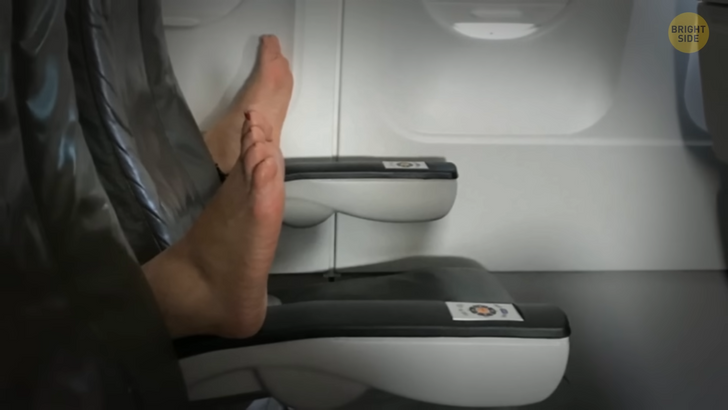
Keep in mind that the pressurized air in the passenger cabin is just as dry as it is in the Sahara desert — with only about 20% humidity. That’s why your skin may feel discomfort after a flight. Hmm, but wouldn’t it make more sense to install several humidifiers that could add some moisture? But this extra load would cost airlines lots of money. Plus, the plane’s airframe is mostly made of aluminum and other metals, and humid air could lead to corrosion. So, don’t forget to bring a moisturizer and use it during the flight!
Always secure your tray table as soon as the plane starts moving on the tarmac, and never lower it during takeoff and landing. It’s a security measure which ensures that you and other passengers will have a clear pathway in case of an emergency evacuation. Also, keep your seat in an upright position during takeoff and landing. First of all, a reclined seat can seriously slow down an emergency evacuation since it will block a person sitting behind. What’s more, the more backward you’re leaning, the harder it is to get into the brace position during an emergency landing.
Try to avoid snoozing during or right after takeoff and landing. For one thing, it’s not the best thing for your health. The main problem is that the air pressure inside the cabin changes very quickly during these phases of the flight. This, in turn, affects the air pressure in your ears.
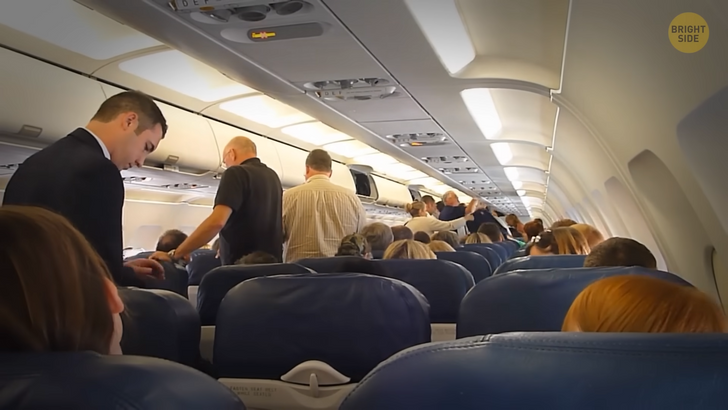
It’s important to be alert during this time to relax and open up your ears — for example, by yawning or swallowing frequently. Chewing gum works for me. If you’re sleeping, you can’t do this, which can lead to permanent damage. And, of course, there’s a safety issue. Most accidents happen during takeoff and landing. If you’re sleeping through these stages, you might not be alert and conscious enough if an emergency happens.
Now, this next recommendation comes from the EPA [the Environment Protection Agency]. According to them, you might want to skip on hot drinks on a plane. The water used to make tea or coffee doesn’t come from bottles. It’s regular tap water. And water tanks on airplanes are often old and full of bacteria.
In 2004, there was a study which found that more than 12% of water samples contained harmful bacteria. But if you still decide to have a cup of hot beverage on a plane, never pour coffee or tea on your own. Flight attendants are trained to handle this task in crowded aisles of a moving airplane and won’t accidentally burn you or other passengers.
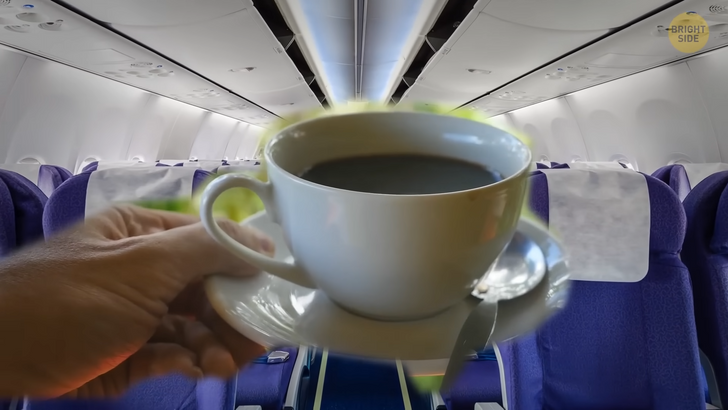
It’s probably better if you don’t order Coke on a plane. The cabin pressure so low up in the air causes a lot of foam. For apparent reasons, flight attendants don’t want to serve you a cup filled with froth. That’s why they’ll fill only half the cup, then wait for the bubbles to settle, and then finish pouring. That can take ages. Keep your air vent open. This way, you’ll minimize the spread of germs.
Planes have high-quality air filters: they catch up to 99% of all airborne germs. So, you should be safe there. But make sure to wipe that tray table! With 8 times more bacteria than the toilet flush button, it’s the dirtiest place on board! Another thing you should avoid is leaning your head on the window if you have a window seat. You never know who occupied your seat before you — and, in any case, the glass is likely to be covered with germs.
Say no to backless sandals and high heels on a flight. I do. There are very serious safety reasons for such a request. The thing is that both these types of footwear make it very difficult to evacuate the aircraft fast. If you wear high heels, you will anyway have to leave them behind in case the crew is using emergency slides during an evacuation.
The heels are very likely to damage the slide, so off they go. Now, ask yourself: do you really fancy running away from the airplane barefoot? I’ll answer that for you: Nope. Instead, wear sturdy shoes with a solid sole — in this case, you won’t find yourself standing on the hot tarmac or in the weeds without any footwear at all.
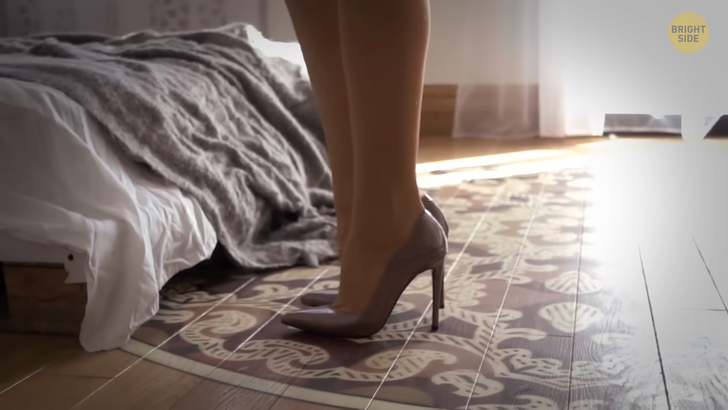
Don’t stuff heavy objects into overhead compartments. Your things may not stay inside during severe turbulence, and while falling out, they will injure you and other passengers. That’s why if it feels difficult to lift something into the overhead compartment, better put it under the seat in front of you or elsewhere.
Do NOT blame the pilots for the hard landing. When you experience it in bad weather, it might be intentional. If the runway is covered with water or snow, the airplane has to touch down hard in order to “break” the water layer and prevent aquaplaning. Otherwise, the water can perform the role of a lubricant — and the plane won’t be able to brake or respond to any control.
Deploying an emergency slide when there’s no emergency is a bad, very bad idea. It can cause hour-long delays and costs airlines thousands of dollars to pack the undamaged slide back into its container. Why would someone do it? Apparently, some think it’ll help them “get off the plane faster.” Just keep in mind that it doesn’t work this way.
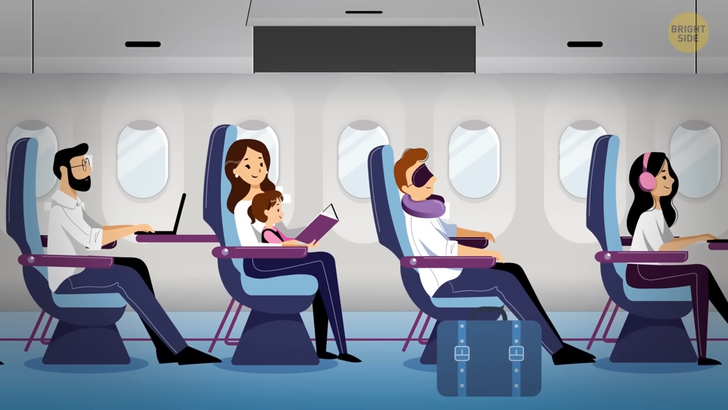
Don’t ignore the instructions of the cabin crew to open window shades during takeoff and landing. This way, flight attendants can see what’s happening outside, assess the situation, and act fast, organizing the evacuation. For example, if there is a fire outside one exit, they will redirect passengers toward another door.
Avoid carrying spray deodorants or shaving cream in your carry-on baggage — both these things tend to explode mid-flight and, therefore, aren’t allowed on board the plane. A much better idea is to choose stick deodorants. You also mustn’t keep power banks in your checked baggage. And if you want to bring one on board, its capacity shouldn’t be more than 20,000 mAh (milliamps). Besides, you shouldn’t use them during the flight since they might catch fire!
In general, lithium batteries are safe to use. But since they’re high energy, they can catch fire if they’re not treated with care, misused, or if there’s a manufacturing fault. Such batteries have been the cause of quite a few fires on board airplanes, as well as during ground handling.
Do NOT worry about airport scanners — they don’t harm your health. Otherwise, airport employees wouldn’t be able to stay near them without special clothing. Even when you’re passing by a baggage scanner, the risk is minimal. And the last one. Don’t act like a jerk on board. Behave yourself. I know you will.
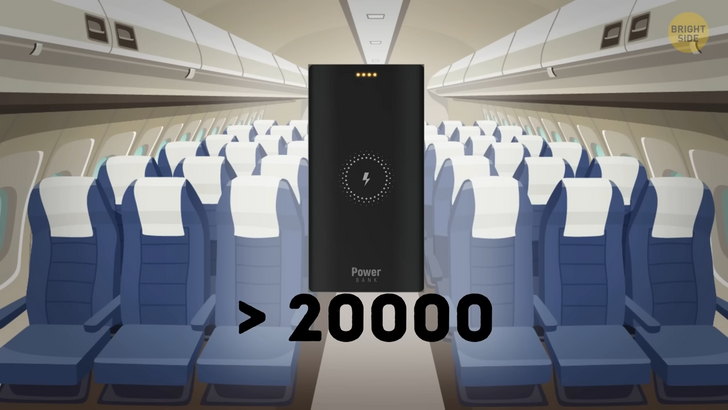
Also, never ever try to land a plane on your own. No, don’t laugh; I’m not kidding! In movies, they often show us that something happens to the pilots and they can’t land the plane. And that’s when the main character, a very skilled person, starts their game.
Unfortunately, it’s close to impossible to do it in real life. Even if a person is a genius, is fond of computer simulators that match the real model of an aircraft 100%, and is ready to follow all the instructions from the ground, they’re likely to fail due to a simple aspect: stress.
It is true that there have been cases throughout history when amateurs landed smallish private planes after the incapacitation of a pilot. However, there has never been a case of a non-pilot landing a commercial passenger airplane. It’s only in the movies.


